A UE irá atualizar...
These six points must be mastered for the color difference control method of metal box printing!
In daily life, the color difference we often say refers to the color inconsistency that occurs when the human eye observes objects. In the metal box printing industry, the so-called color difference refers to the color difference between the metal box printing and the standard sample provided by the customer. How to accurately assess the color difference of metal boxes is a very important part of the printing process. However, various factors such as light source, observation angle, and observer's own conditions during visual color measurement may cause differences in color evaluation. So, how to control the color difference to make the metal box prints close to the color of the design draft? In this article, the author takes everyone to understand how to control the color difference through the 6 elements in the printing process.
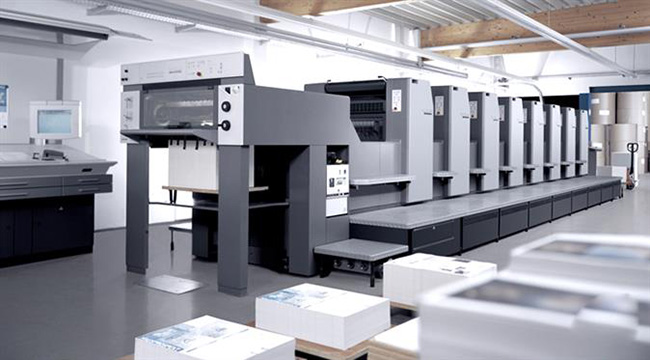
1. Toning link
The metal box printing and toning link is the core link in the entire color difference adjustment. Under normal circumstances, many technicians in printing companies only pay attention to experience or perform color correction based on their own feelings. It is neither standardized nor uniform. They only stay in a very primitive state of color correction. Great degeneration. Coloring in this way, on the one hand, has no effect on the improvement of color difference, on the other hand, it is difficult to adjust the hue. In addition, there is no scientific guidance for cultivating the color matching ability of employees.
Before toning, pay special attention to prevent the use of printing ink systems from different manufacturers for color mixing. It is best to use printing inks from the same manufacturer for color mixing. The colorist must fully grasp the hue shift of various printing inks. Helps control during the color mixing process.
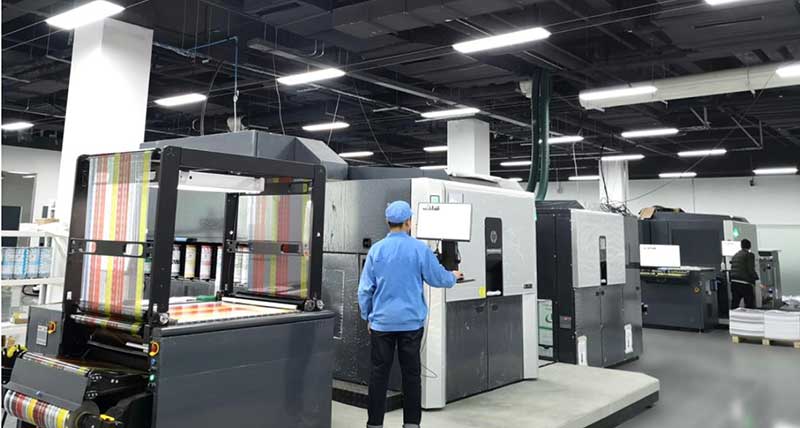
Before toning, if you use the remaining printing ink, you must first figure out the hue of the printing ink, check whether the identification card of the printing ink is accurate, it is best to be able to use a squeegee to scrape the sample to observe and compare , And then add it. The weight should be strengthened before adding, and the data should be recorded.
In addition, when adjusting the intensity of spot color inks, you can also use the metering method for toning. The color samples must be evenly balanced when scraping the ink samples, and the white background should be supported, which will help to compare with the unified standard sample. When the hue reaches more than 90% of the unified standard sample, strengthen the viscosity adjustment, then proofing, and finally fine-tuning.
It is worth mentioning that in the color mixing process, we must pay special attention to the accuracy of the data, which is very important for the summary of the subsequent process data parameters. When the printing ink ratio data is strengthened, after several times of practice, the color can be adjusted quickly and reasonably, and the color difference problem can also be avoided.
In the production process, it is best to uniformly match the ink according to the size of the order, complete the color matching work at one time, prevent the hue deviation caused by multiple color matching, and reasonably reduce the color difference and the remaining printing ink. Finally, when checking the color, you will find that even if the color looks the same under general lighting, it looks different under another light source. Therefore, you should choose to use a uniform standard light source for color viewing or color comparison.
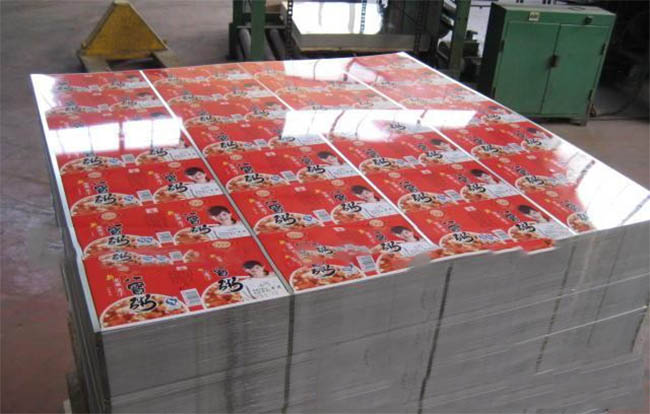
2. Adjustment of printing squeegee
In the production process, if the squeegee is frequently moved, the working position of the squeegee will be changed, which is not conducive to the normal transfer of printing ink and color reproduction. In addition, the pressure of the squeegee cannot be changed casually. Before production and processing, it is necessary to adjust the angle and position of the squeegee according to the graphics and text conditions of the printing plate. The angle of the squeegee is usually between 50°-60°, and the squeegee must pay attention to the layout The uniformity of the three points, that is, the ink layer on the left, middle and right should be the same. In addition, pay special attention to check whether the three points of the squeegee are installed in balance before cutting the knife, to avoid wave-shaped, one-high and one-low situations, because this is very important to the hue stability of the printed matter.
3. Ink viscosity adjustment
Before production and processing, it is necessary to strengthen the adjustment of ink viscosity. It is best to adjust according to the expected machine speed, add the solvent and mix thoroughly, and then start the production. When the product to be accelerated meets the quality standard, the viscosity can be tested at this time as the unified standard viscosity value of the product. This value should be recorded and accurately recorded in real time and adjusted according to the data for the entire product, so that the viscosity caused by the viscosity can be reasonably reduced. The hue deviation caused by the change.
When checking the viscosity, usually the printing ink in the printing ink tank or printing ink basin is the main test body. In the normal production process, it is recommended to sample at 20-30min, so that the captain or technician can adjust according to the change of the ink viscosity value. .
When adjusting the viscosity of the printing ink and adding solvents, pay special attention not to directly impact the printing ink to prevent damage to the printing ink system under normal conditions and separation of resin and pigments, which will cause the printed product to bloom and color reproducibility. not enough.
4. Production environment control
It is appropriate to adjust the humidity of the workshop between 55%-65% under normal conditions. Too high humidity will affect the solubility of printing ink, especially the transfer of shallow net area is difficult to appear normally. Reasonable adjustment of air humidity has a good effect on the adjustment of ink printing effect and color difference.
5. Raw material selection
Whether the surface tension of the raw material is qualified will directly affect the wetting and transfer effect of the printing ink on the substrate, as well as the color rendering effect of the printing ink on the film, and it is also one of the factors that affect the color difference. Ensuring the quality of raw materials is a prerequisite for quality control. Therefore, it is important to choose qualified and reputable suppliers.
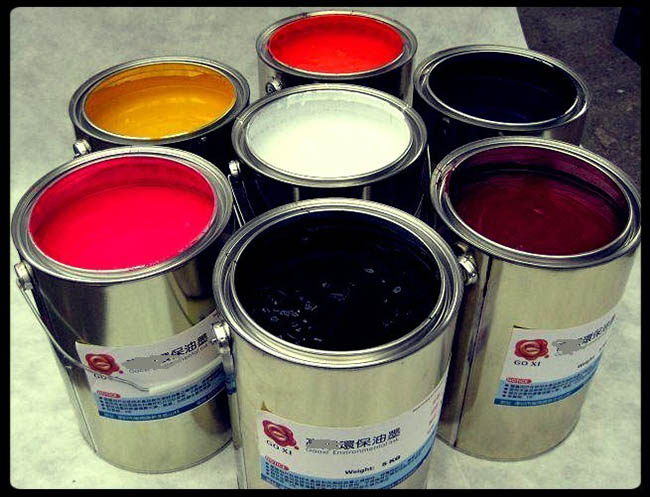
6. Improve quality awareness
Quality awareness refers to the perception of product quality by production, processing and quality management personnel. This perception is reflected in the details of the work. Regarding the adjustment of color difference, the main purpose is to improve the quality awareness of employees, strive for excellence at work, and shape the concept of product quality.
In general, when proofing, it is necessary to strictly abide by more than 90% between the metal print and the standard sample before starting production and processing; for the first piece, assist the quality inspector to strengthen the inspection work of the first piece; in production , It is necessary to strictly require the team members to perform the quality management system; when changing the hue of the printing ink, pay special attention to the cleaning details of the printing ink basin and whether the bottom plate and the clamp strips at both ends of the squeegee have been replaced or cleaned in time.
Only by realizing the standardization of source and sample management, can the color difference be reduced and avoided, and the printed matter between each batch can not have obvious color difference; only pay special attention to the detailed operation and the management of the process data in the production , Can make better products, and then improve the comprehensive market competitiveness of enterprises.
.jpg)
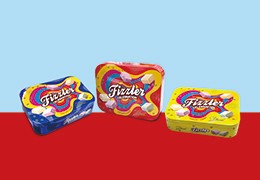

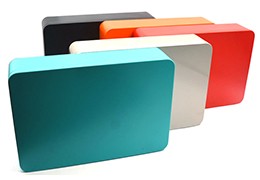

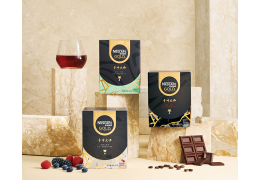
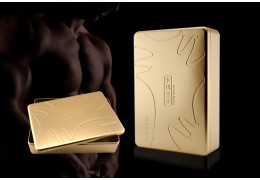
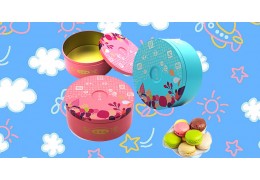

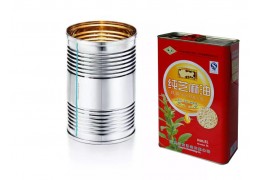

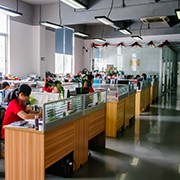

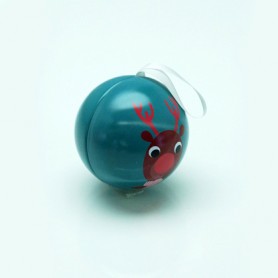

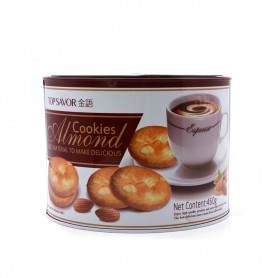
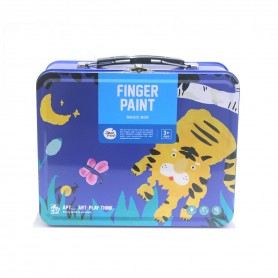


Latest comments